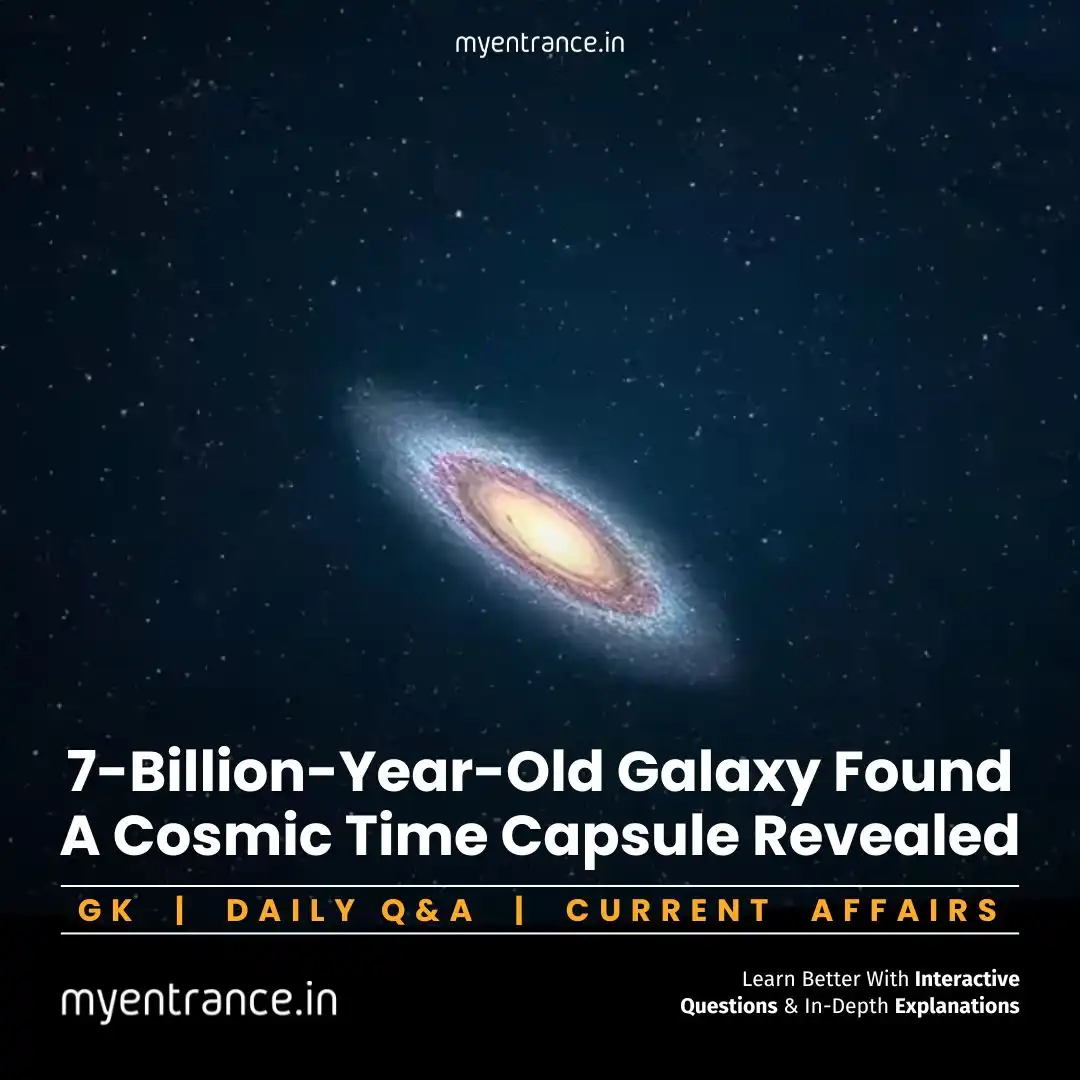Select Language
Why NASA is Setting Up Wi-Fi on the Moon for Artemis Missions
NASA plans to send astronauts to the Moon’s South Pole by 2026, but staying connected in such harsh terrain is a major challenge. Thanks to Nokia and SpaceX, a 4G lunar network is in the works to ensure seamless communication for future missions.

NASA’s Mission to Establish Wi-Fi on the Moon
NASA’s Artemis program aims to return humans to the Moon, this time targeting the rugged South Pole. Unlike the Apollo missions, which had grainy, low-quality broadcasts, modern astronauts need reliable, high-speed communication. To make this possible, NASA has partnered with Nokia, SpaceX, and Intuitive Machines to deploy a 4G lunar network.
Key Challenges in Setting Up Moon Wi-Fi:
Extreme Lunar Conditions: Freezing temperatures and thick layers of moon dust make it difficult to maintain stable connections.
Delicate Equipment Transport: The journey to the Moon is rough, and network hardware must survive the trip intact.
Self-Repairing Systems: Unlike Earth-based networks, lunar Wi-Fi must automatically fix issues without human intervention.
Energy Efficiency: The network will rely solely on solar power and batteries, requiring ultra-low energy consumption.
Nokia’s plan includes launching an antenna-equipped base station, a lunar lander, and a solar-powered rover to set up the infrastructure. Once operational, this network will support real-time 4K video streaming, a massive upgrade from the 1969 Apollo footage.
Why the Moon’s South Pole?
Scientists believe the lunar South Pole contains valuable ice deposits, making it a prime location for future bases. However, its deep craters and rough terrain pose significant hurdles for Wi-Fi stability.
What Will Astronauts Use Moon Wi-Fi For?
Communication between crew members
Live HD video feeds back to Earth
Data transmission for scientific research
Navigation and mission coordination
NASA aims to have astronauts orbiting the Moon in 2025, with a landing expected by 2026. If successful, this could pave the way for permanent lunar bases and deeper space exploration.
Why is This Important for Exams?
Topics like space technology, NASA missions, and lunar exploration frequently appear in competitive exams (SSC, PSC, NID, NIFT, FDDI, etc.). Understanding advancements like Moon Wi-Fi helps in:
GK & Current Affairs sections
Science & Technology questions
Essay and descriptive answer writing
Sample Questions & Answers
Q1: Which companies are collaborating with NASA to establish Wi-Fi on the Moon?
A1: Nokia, SpaceX, and Intuitive Machines.
Q2: What is the main purpose of NASA’s Artemis mission?
A2: To build a sustainable lunar base camp and prepare for future Mars missions.
Q3: Why is the Moon’s South Pole a challenging location for Wi-Fi?
A3: Due to extreme cold, deep craters, and lunar dust.
Q4: How will the lunar Wi-Fi network be powered?
A4: Through solar energy and batteries.
Q5: What improvement in video quality can we expect compared to the 1969 Moon landing?
A5: Real-time 4K resolution, about 10 times clearer than Apollo-era footage.
How to Smartly Prepare for Entrance Exams in Less Time
Preparing for competitive exams requires smart strategies rather than just hard work. Here’s how you can maximize efficiency:
✔ Focus on Most Predicted Questions – Save time by studying high-probability topics. (Check out MyEntrance’s Most Expected Questions for curated content.)
✔ Last-Minute Revision Guides – Quick summaries help reinforce key concepts before exams. (Visit MyEntrance’s Last-Minute Prep.)
✔ Daily GK & Current Affairs – Stay updated with MyEntrance’s Daily Current Affairs to ace general awareness sections.
By following these steps, you can study smarter, not harder, and boost your chances of success!
Most Predicted Questions
Comprehensive study materials, Expert-guided tips & tricks, Mock tests and instant results.
Start your SSC, NIFT, NID, FDDI, PSC journey today with MyEntrance, your ultimate online coaching platform.















